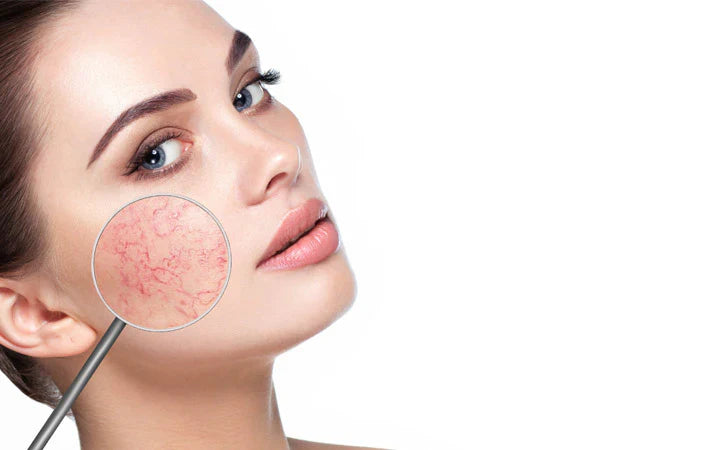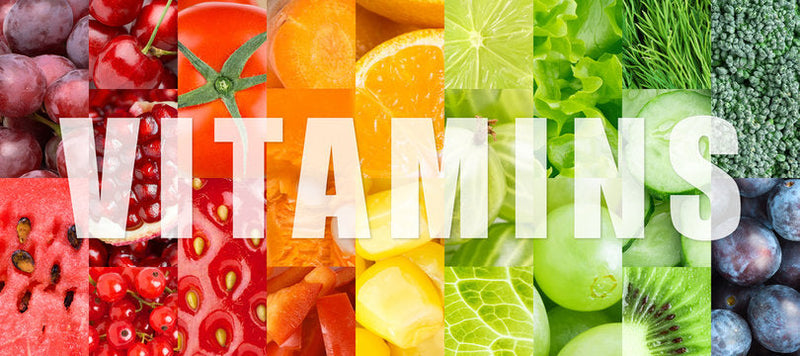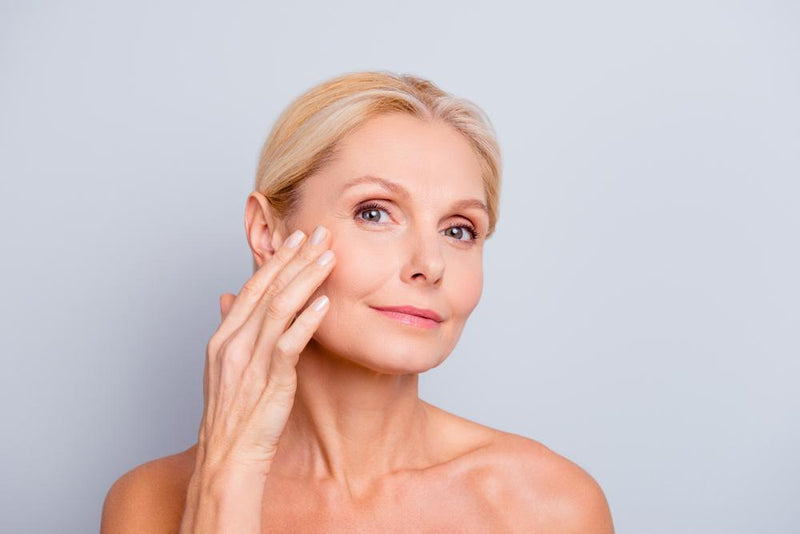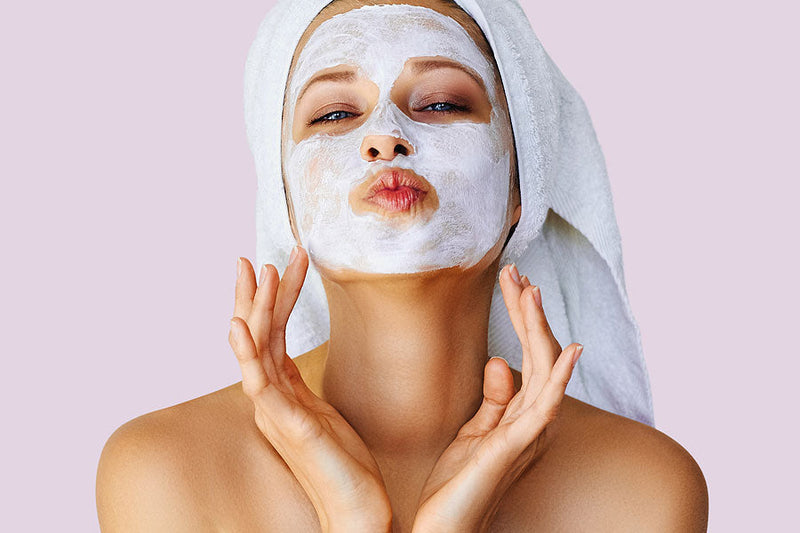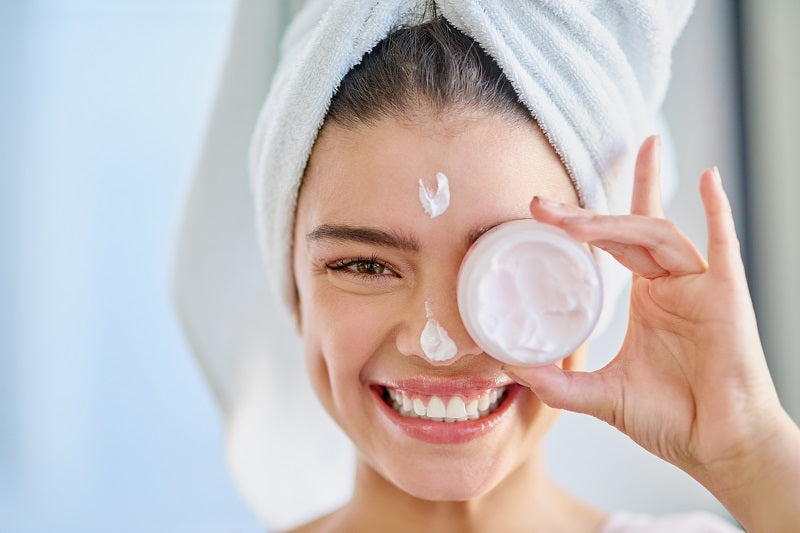

Tallow vs. Traditional Moisturizers: The Ancestral Secret Behind Modern Hydration
In an era dominated by synthetic formulations and laboratory-engineered skincare, an ancient ingredient is making a remarkable comeback—tallow. This ancestral fat, rendered from grass-fed beef suet, is challenging everything we thought we knew about modern moisturizers. While traditional moisturizers promise hydration through complex chemical formulations, tallow offers something far more profound: a return to nature's original blueprint for skin health.
The skincare industry has long operated under the assumption that newer equals better, leading to moisturizers packed with preservatives, emulsifiers, and synthetic ingredients designed to create specific textures and immediate sensory experiences. However, a growing body of scientific evidence and consumer experience suggests that this approach may be fundamentally flawed. Tallow, with its remarkable similarity to human sebum and its rich nutrient profile, represents a paradigm shift in how we think about skin hydration and barrier health.
This comprehensive comparison explores why tallow is not just another skincare trend, but a scientifically-supported alternative that addresses the root causes of dryness, sensitivity, and premature aging. From its ancestral origins to its modern applications, tallow offers a compelling case for why sometimes the oldest solutions are the most effective.
The Ancestral Wisdom Behind Tallow Skincare
Long before the advent of commercial skincare products, our ancestors relied on natural fats for skin protection and healing. Tallow was a staple in traditional medicine and beauty practices across numerous cultures, from Native American tribes to European homesteaders. This wasn't merely a matter of limited options—it was the result of centuries of empirical observation that revealed tallow's exceptional compatibility with human skin.
Historically, tallow was used to treat everything from chapped lips and dry hands to serious wounds and burns. Its ability to create a protective barrier while simultaneously nourishing the skin made it invaluable in harsh climates and challenging conditions. The key to tallow's effectiveness lies in its composition: when sourced from grass-fed animals, it contains a perfect balance of saturated and monounsaturated fats that closely mirror the lipid composition of human skin.
Modern science has validated what our ancestors knew intuitively. The fatty acid profile of grass-fed tallow includes significant amounts of stearic acid, oleic acid, and palmitoleic acid—all of which are naturally present in human sebum. This molecular similarity allows tallow to integrate seamlessly with the skin's natural barrier, providing hydration that doesn't just sit on the surface but becomes part of the skin's own protective system.
Ancestral Intelligence Meets Modern Science
Tallow represents the perfect intersection of traditional wisdom and contemporary scientific understanding. Our ancestors didn't have access to laboratory analysis, but their empirical knowledge led them to one of nature's most effective skincare solutions.
Deconstructing Traditional Moisturizers: What's Really in Your Bottle?
Traditional moisturizers, despite their marketing claims of "advanced hydration" and "scientific breakthroughs," often contain a complex cocktail of ingredients that may do more harm than good. Most commercial moisturizers rely on a three-component system: occlusives (to seal in moisture), humectants (to attract water), and emollients (to smooth the skin). While this approach sounds logical, the reality is often problematic.
Water-based moisturizers typically contain 60-80% water, which requires the addition of preservatives like parabens, phenoxyethanol, or formaldehyde releasers to prevent microbial growth. Emulsifiers are needed to blend oil and water phases, but these can disrupt the skin's natural barrier over time. Silicones create a temporary smoothing effect but can clog pores and prevent the skin from breathing properly. Synthetic fragrances and dyes, while appealing to the senses, are common allergens that can trigger sensitivity and inflammation.
Perhaps most concerning is the fact that many traditional moisturizers create a dependency cycle. The water content provides immediate but temporary relief, while the occlusive agents prevent natural moisture regulation. Over time, the skin may become less capable of maintaining its own hydration balance, leading to increased dryness when the product is discontinued.
Traditional Moisturizer Red Flags
Common problematic ingredients in conventional moisturizers include:
- Parabens and synthetic preservatives that may disrupt endocrine function
- Petrochemical-derived occlusives like mineral oil and petrolatum
- Silicones (dimethicone, cyclomethicone) that create artificial smoothness
- Synthetic fragrances containing undisclosed allergens and irritants
- High water content requiring extensive preservation systems
The Science of Tallow: Why It Works So Exceptionally Well
Grass-fed tallow's effectiveness stems from its unique biochemical composition and structural similarity to human skin. Unlike plant oils that contain primarily unsaturated fats, tallow provides a balanced profile of saturated and monounsaturated fatty acids that closely matches human sebum. This similarity allows tallow to integrate with the skin's natural lipid barrier rather than sitting on top of it.
Stearic acid, which makes up approximately 25% of grass-fed tallow, is particularly beneficial for skin barrier repair. It helps to strengthen the skin's natural protective layer while providing anti-inflammatory benefits. Oleic acid (around 40-45%) offers deep penetration and nourishment, while palmitoleic acid—a rare omega-7 fatty acid—provides exceptional anti-aging benefits by supporting cellular regeneration.
Beyond its fatty acid profile, grass-fed tallow is rich in fat-soluble vitamins that are essential for skin health. Vitamin A supports cellular turnover and collagen production, vitamin D modulates immune function and reduces inflammation, vitamin E provides powerful antioxidant protection, and vitamin K supports healthy circulation and reduces dark circles. These nutrients work synergistically to address multiple aspects of skin health simultaneously.
Clinical research supports tallow's efficacy. A 2022 study published in the Journal of Cosmetic Science demonstrated that tallow-based formulations significantly improved skin barrier function and reduced transepidermal water loss compared to conventional moisturizers. Participants reported improved skin texture, reduced sensitivity, and enhanced overall skin health after just four weeks of use.
Grass-Fed Tallow Nutritional Profile
Key components that make tallow superior for skin health:
- Stearic acid: Strengthens skin barrier and reduces inflammation
- Oleic acid: Provides deep hydration and nourishment
- Palmitoleic acid: Supports anti-aging and cellular regeneration
- Vitamin A: Promotes cellular turnover and collagen synthesis
- Vitamin E: Offers antioxidant protection against free radicals
Performance Comparison: Tallow vs. Traditional Moisturizers
When comparing tallow to traditional moisturizers across key performance metrics, the differences are striking. In terms of hydration longevity, tallow provides sustained moisture that builds over time as it supports the skin's natural barrier function, while traditional moisturizers often provide only temporary relief that requires frequent reapplication.
For sensitive skin, tallow's simple, single-ingredient formulation (when properly rendered) eliminates the risk of allergic reactions and irritation commonly associated with multi-ingredient commercial products. Many users with conditions like eczema, psoriasis, and rosacea report significant improvement when switching to tallow-based products.
From an environmental perspective, tallow represents a sustainable choice that utilizes a byproduct of the meat industry that would otherwise go to waste. Traditional moisturizers often rely on palm oil derivatives, synthetic chemicals, and plastic packaging that contribute to environmental degradation. Tallow products typically come in minimal, biodegradable packaging and have a significantly smaller carbon footprint.
Cost-effectiveness is another significant advantage. High-quality tallow products often cost less per ounce than premium commercial moisturizers while providing superior results. The concentrated nature of tallow means a little goes a long way, making it an economical choice for long-term skincare.
Addressing Common Concerns About Tallow Skincare
Despite its many benefits, tallow skincare faces some common misconceptions that deserve clarification. The most frequent concern is about odor—properly rendered grass-fed tallow should be virtually odorless, with only a very mild, neutral scent. Any strong or unpleasant odor indicates poor quality rendering or sourcing from grain-fed animals.
Another concern is comedogenicity (pore-clogging potential). While some sources list tallow as moderately comedogenic, real-world experience and recent research suggest that properly rendered grass-fed tallow is actually non-comedogenic for most skin types. The key difference lies in the source and processing—grass-fed tallow has a different fatty acid profile than grain-fed tallow and is much less likely to cause breakouts.
Ethical considerations are also important to many consumers. Sourcing tallow from regenerative, grass-fed farms that practice humane animal husbandry addresses these concerns while supporting sustainable agriculture. Many tallow skincare companies are transparent about their sourcing practices and work directly with small farms that prioritize animal welfare and environmental stewardship.
How to Incorporate Tallow into Your Modern Skincare Routine
Integrating tallow into your existing skincare routine is straightforward and flexible. Pure tallow balm can be used as a standalone moisturizer for face and body, providing complete hydration without the need for additional products. For those who prefer a more traditional routine, tallow can be layered over serums or used as an occlusive to seal in other treatments.
For Dry or Mature Skin
Apply tallow balm to slightly damp skin after cleansing to lock in moisture. Use morning and night for intensive hydration and barrier support. The rich fatty acid profile will help restore elasticity and reduce the appearance of fine lines.
For Sensitive or Reactive Skin
Start with once-daily application in the evening to allow your skin to adjust. Many users with sensitive skin find that tallow's anti-inflammatory properties help calm irritation and redness while strengthening the skin's natural defenses.
For Combination or Oily Skin
Use sparingly, focusing on dry areas while avoiding the T-zone if needed. Contrary to popular belief, using the right oils can actually help regulate sebum production by signaling to the skin that it doesn't need to overproduce oil.
When selecting tallow products, look for those made from 100% grass-fed, pasture-raised beef suet that has been properly rendered at low temperatures to preserve nutrients. Avoid products that mix tallow with unnecessary additives, fragrances, or fillers that dilute its effectiveness.
The Future of Skincare is Rooted in the Past
The comparison between tallow and traditional moisturizers reveals a fundamental truth about effective skincare: sometimes the most advanced solutions are the ones that have stood the test of time. Tallow represents more than just an alternative moisturizer—it embodies a holistic approach to skin health that prioritizes compatibility, nourishment, and sustainability over artificial effects and marketing gimmicks.
As consumers become increasingly aware of the limitations and potential risks of conventional skincare products, ancestral ingredients like tallow offer a compelling path forward. By working with the skin's natural biology rather than against it, tallow provides hydration that is not only effective but also supportive of long-term skin health and resilience.
The ancestral secret behind modern hydration isn't really a secret at all—it's the wisdom of working with nature rather than trying to improve upon it. In a world of ever-more-complex skincare formulations, tallow's elegant simplicity and remarkable effectiveness stand as a testament to the enduring power of traditional knowledge validated by modern science.













